You may not have heard of Umehara Disease. But in anime terms, it’s a real phenomenon – an illness which impacts shows produced by Umehara Shouta. Many of them are creatively ambitious and start out like gangbusters. But his series are exceptionally prone to production disasters – Wonder Egg Priority most famously in recent years. Obviously this is not a coincidence – it reflects his inadequacies as a planner, and perhaps an excess of ambition as compared to realistic ability. And it’s the reason why Nige Jouzu no Wakagimi had an unscheduled recap episode last week (and don’t let anyone tell you otherwise).
That is what it is. But while WEP did zilch for me as a story, I did recognize the brilliance that went into its early episodes visually. And as a fan of The Elusive Samurai, I’m glad that it’s a series that has ambition – because it needs it. Matsui Yuusei is a genius but a very peculiar one, and this series needed an adaptation that conveyed that as well as this one does. The fate of this adaptation is theoretically in limbo. Only two confirmed episodes remain. But the manga has shown pretty huge post-anime growth – the latest volume’s one-week sales jumped 60% over the prior (though not to the levels of the first few) and back issue sales have been tremendous. It’s hard to imagine we’re not going to get a second cour at the absolute minimum.
When I call Matsui a genius, I don’t use that term lightly. His stuff doesn’t always work for me, but his ability to utilize tonal dissonance is pretty close to unique. The screwball comedy juxtaposed with pre-industrial mysticism. The way he uses the modern world to shed light on the ancient (and vice-versa). It has something of that Togashi “not only could no other mangaka pull this off, no other mangaka would even try” quality to it. Stuff like the wonders/decline of the divine montage at the end of this episode is absolutely brilliant. It needed an anime that understood that and had the ability to showcase it – and thank Goc, that’s what this is.
We obviously know this show can do battle sequences brilliantly after Episodes 8-9. Now we see a return to its more reflective, moody side. Yorishige roars back into prominence, sending Tokiyuki off on a string of errands theoretically to help him restore his divine powers. Unagi, mountain leeks, a miko doll. But really he just wanted to eat unagi and leeks, and of course to troll Tokiyuki (which he has his own reasons for doing if you’re paying attention). In the end he needed the holy water from Mount Moriya – which he knew all along – and sends the boy to fetch some (but not before his retainers are convinced their young lord is a depraved hentai prodigy).
As with most of what he does Yorishige has an ulterior motive here. He wants Tokiyuki to see the wonders of the divine, and knows that Shizuku will show them to him. This is a wondrous and beautiful sequence in its own right (Shizuku is indeed a mysterious and beautiful creature), and a stark contrast to Yorishige’s madcap behavior. But it’s only a prologue to the final scene of the episode, where the Chief Priest puts all this in context for the young lord.
At this point we take another sharp turn with the introduction of Ashikaga Tadayoshi (Furukawa Makoto). It’s our first time meeting Tadayoshi but it’s clear he’s extremely important to his older brother – himself arguably the second-most important character in the story. It’s remarkable how much Matsui – and Yamazaki Yuta – are able to convey about both this man and this relationship in a few short moments. We see how close the brothers are, and have been since childhood. We see the trust Takauji places in Tadayoshi – and that it’s justified.
But we also see something else – the wariness Tadayoshi has towards the new shogun. And that it’s justified. This is demonstrated through the Buddha picture Takauji has completed, and provides a symbolic lesson in the importance of perspective. Takauji is instinctual, visionary, and probably deranged. Tadayoshi is his anchor – an intellectual, a detached and analytical marvel (I adored the way rock garden design was used to illustrate his strategic vision). They complete each other, which makes the pairing truly formidable. But it’s clear that among his responsibilities Tadayoshi must rein Takauji in, lest the madness inside him subsume the entire country.
Finally, the aforementioned follow-up to the Mount Moriya scene. This is something only Matsui would attempt, and this adaptation has a particular brilliance in pulling off this sort of sequence. The way they use modern imagery – placing Tokiyuki in it – to communicate the passing of an era is mind-blowing. Thematically this is not virgin territory for manga and anime obviously – the idea that the rise of rationalism and science have eroded the power of the divine. But I’ve rarely seen it explained with such poetry and pathos. It works partly because Matsui is fearless – a fearlessness amplified by having three successful WSJ serializations without a miss. He uses Yorishige and his timeless vision as artistic lesson to communicate a profound idea. A cheat? Maybe – but I wish more authors could cheat like this.


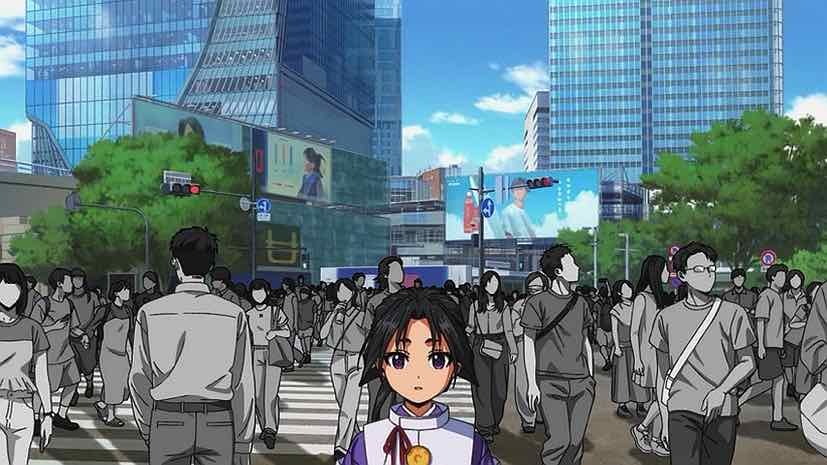
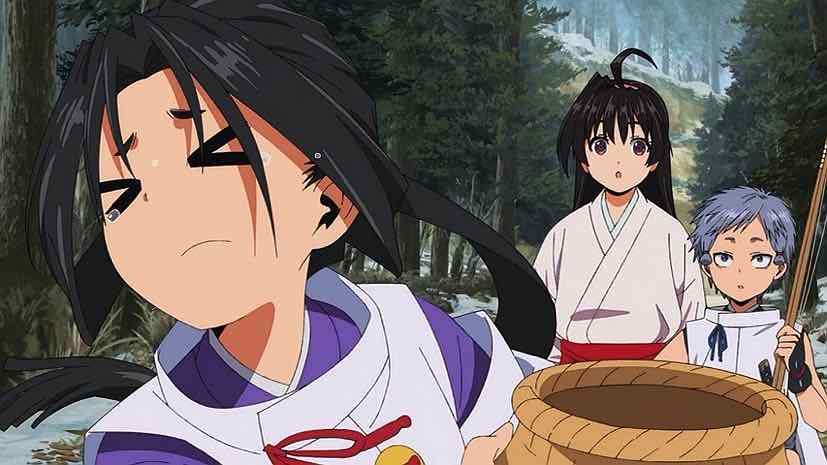
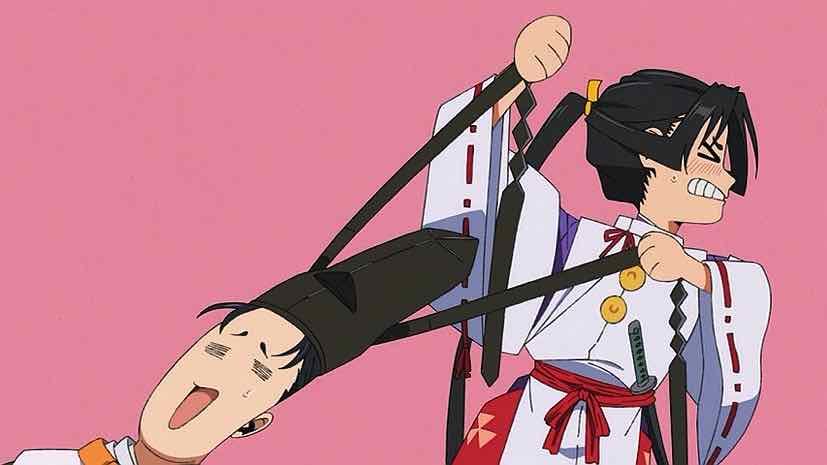
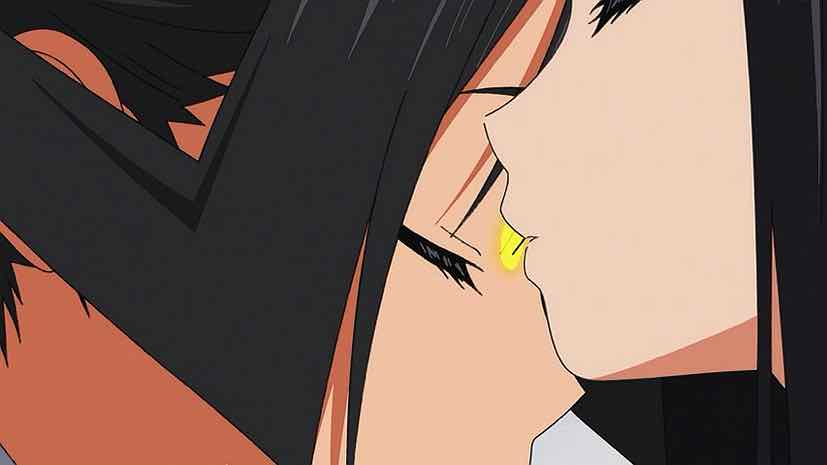
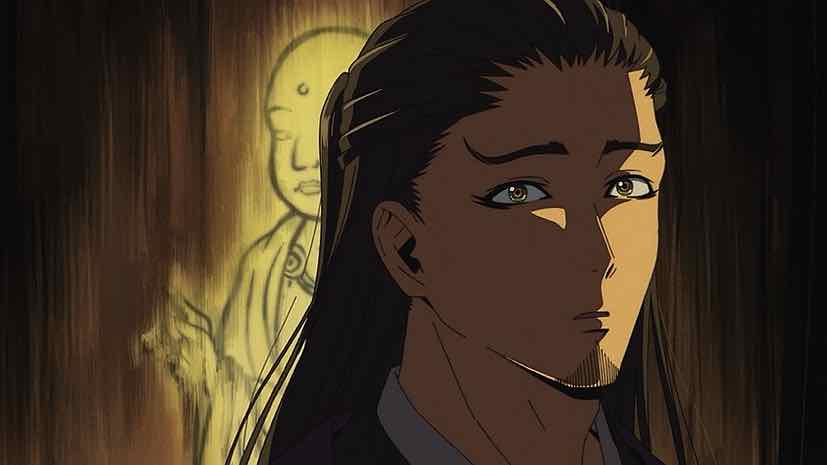
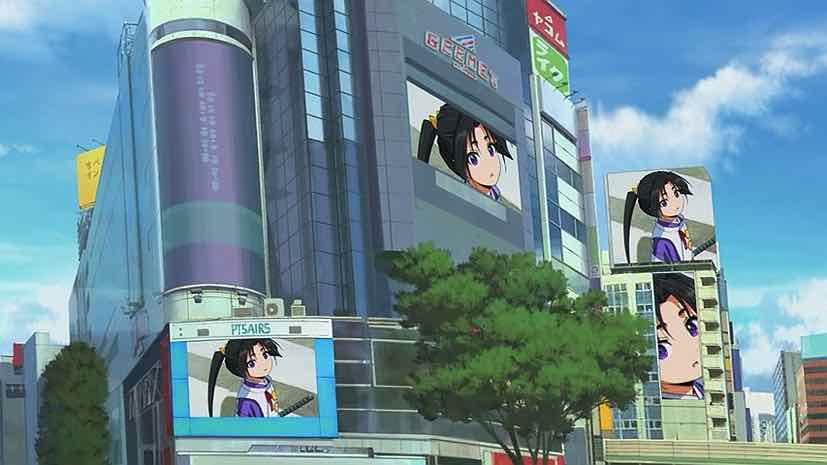
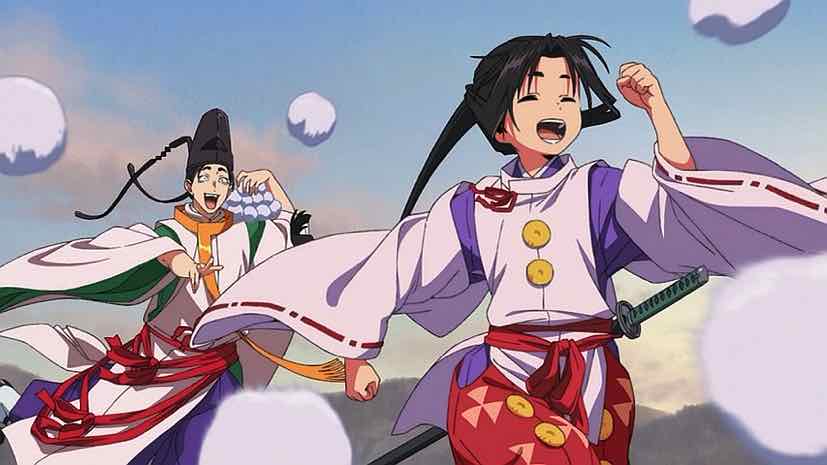
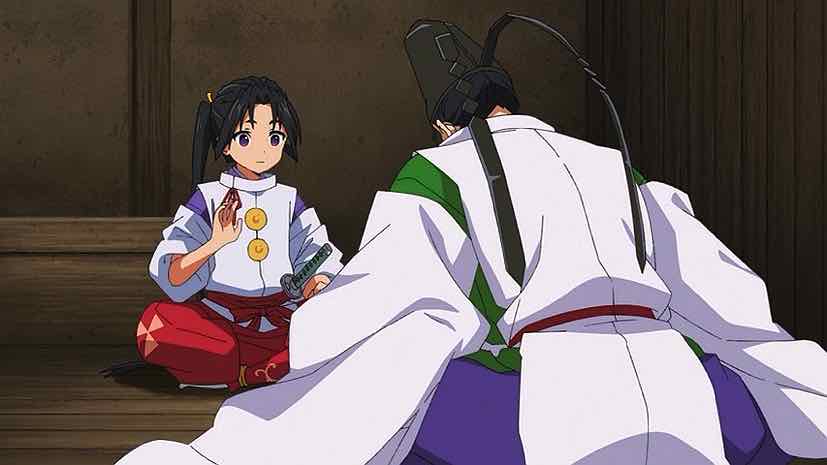
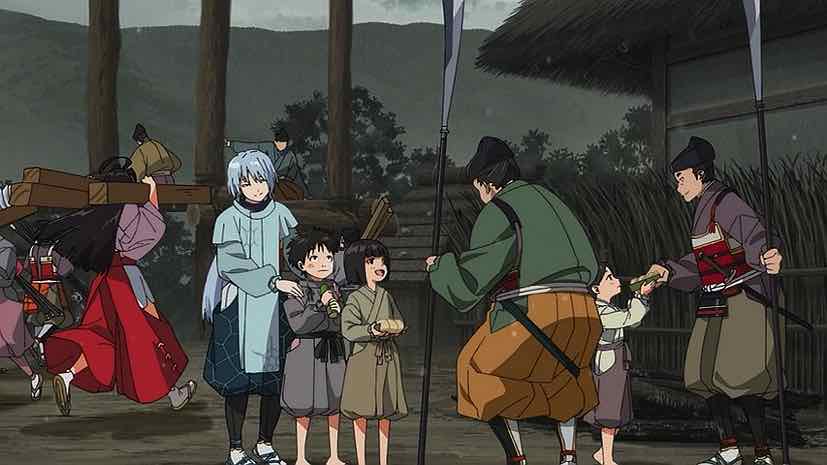
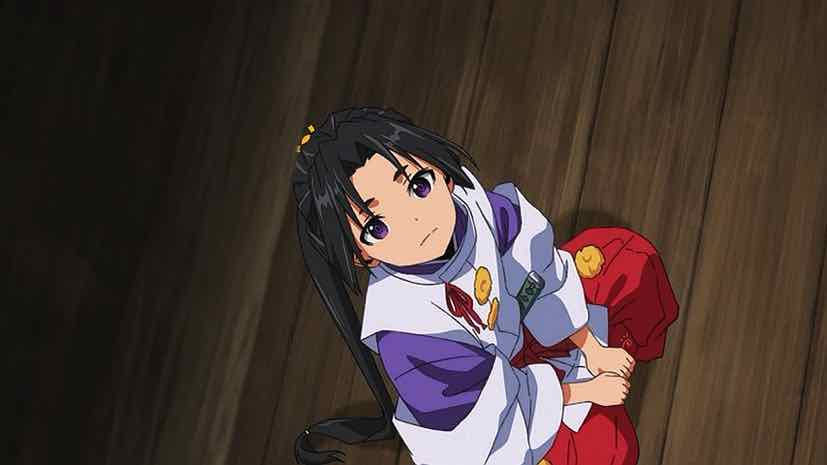
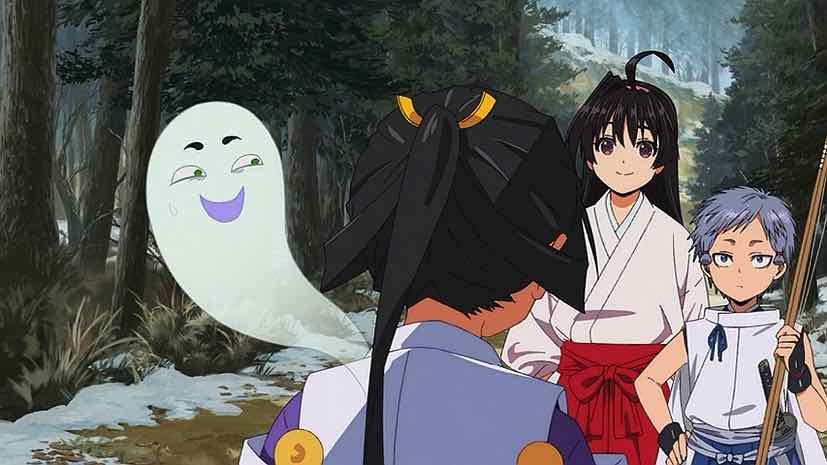
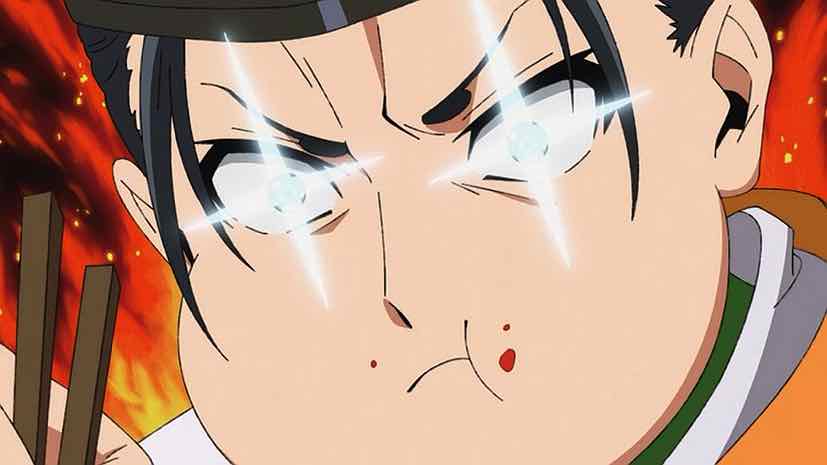
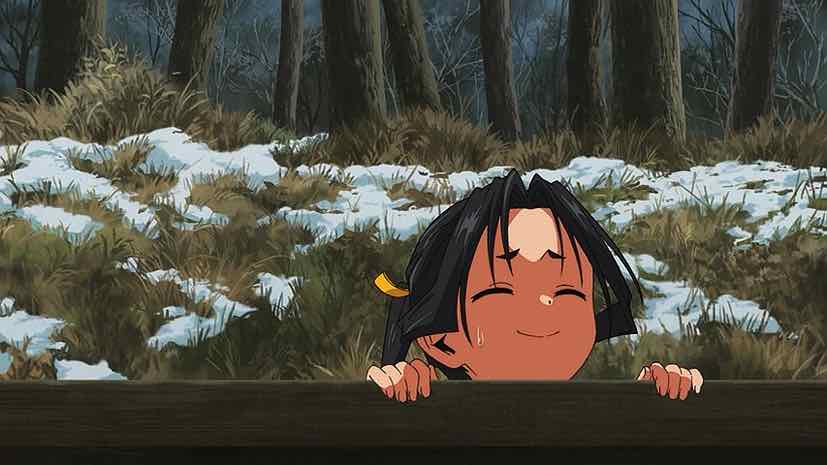
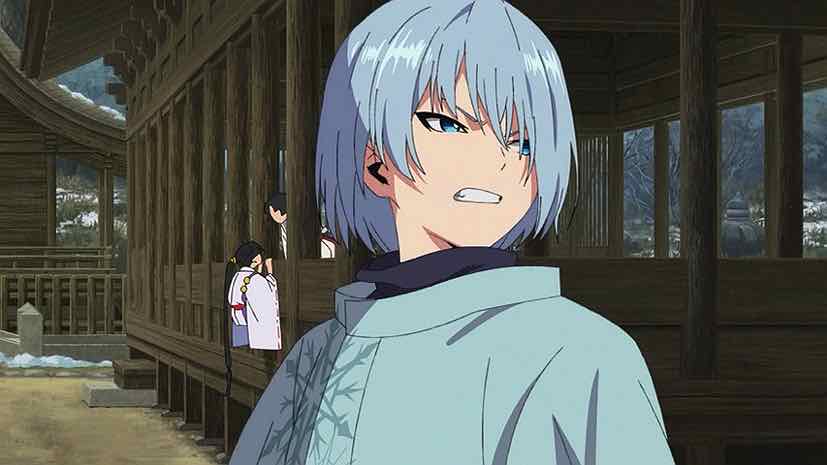
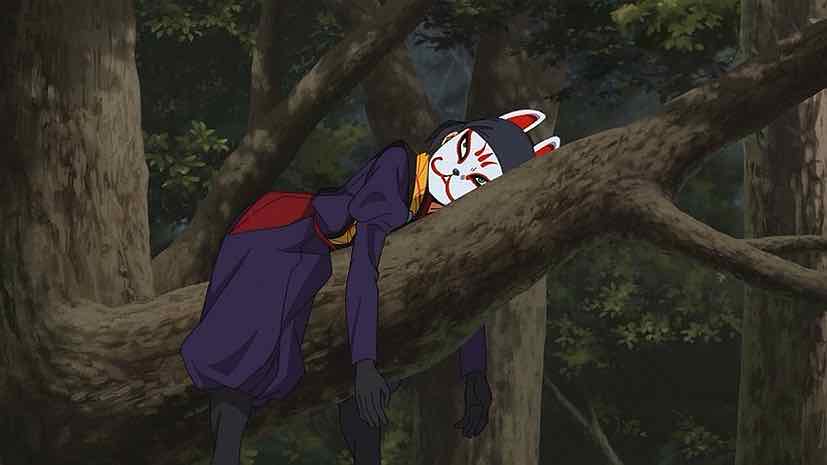
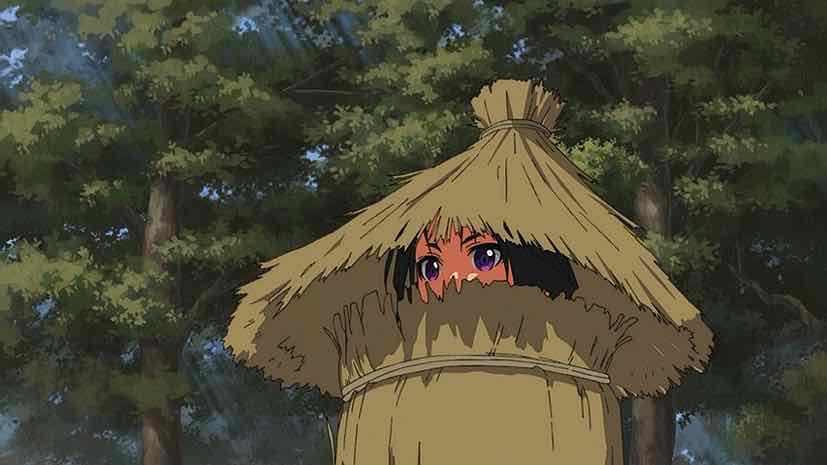
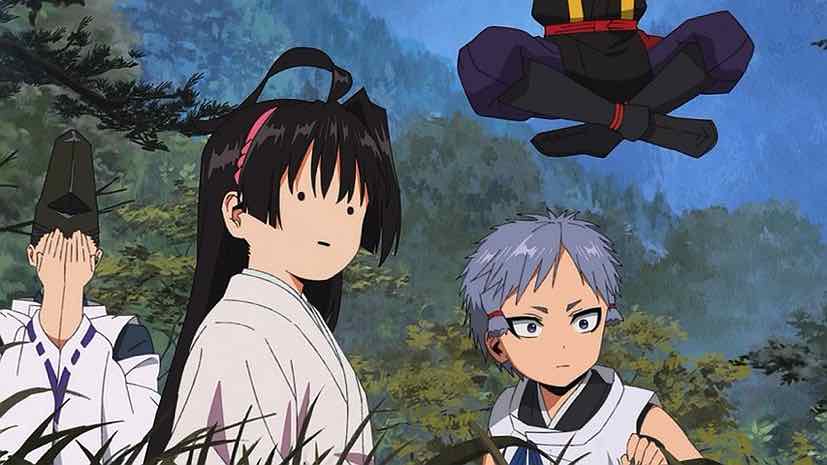
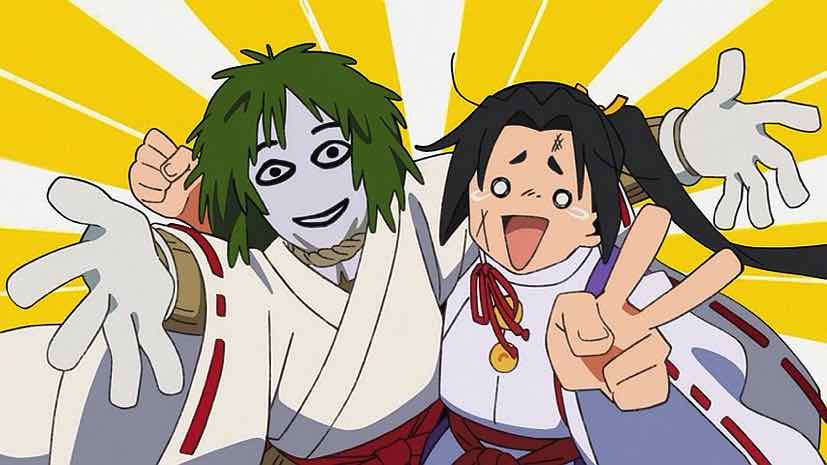
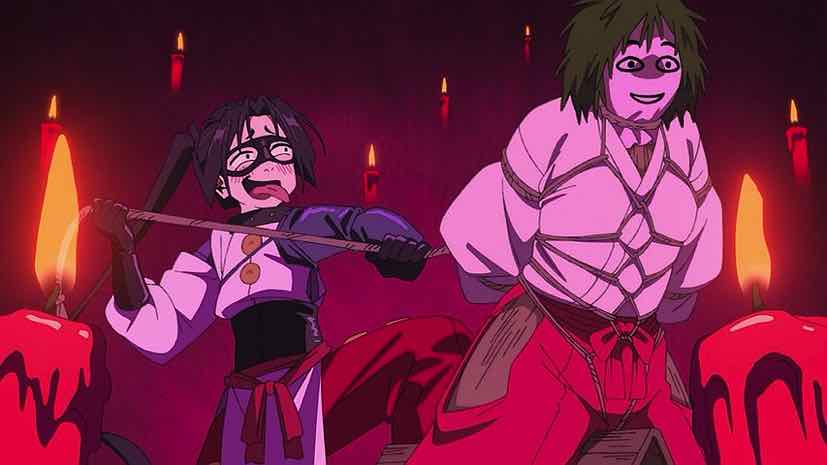
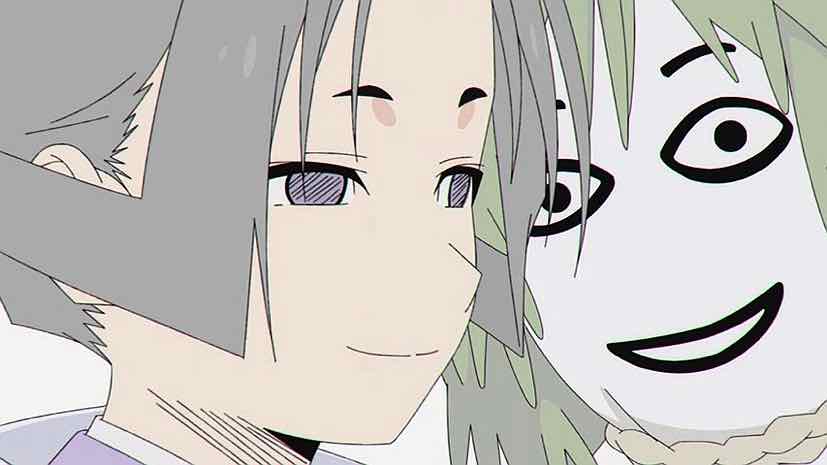
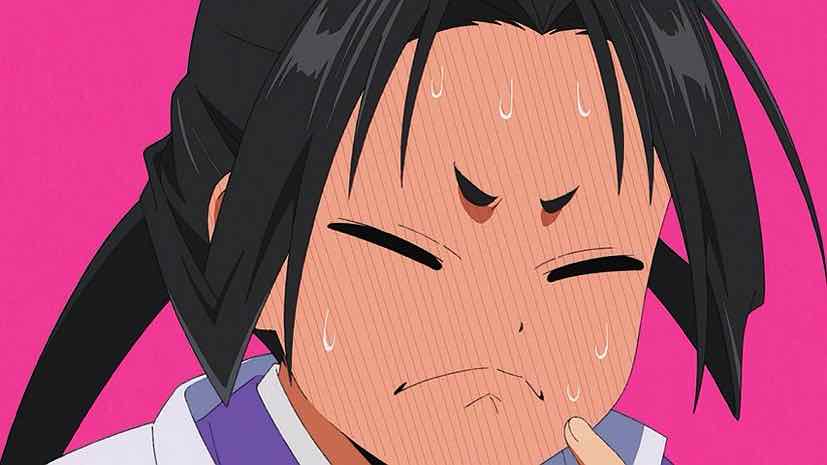
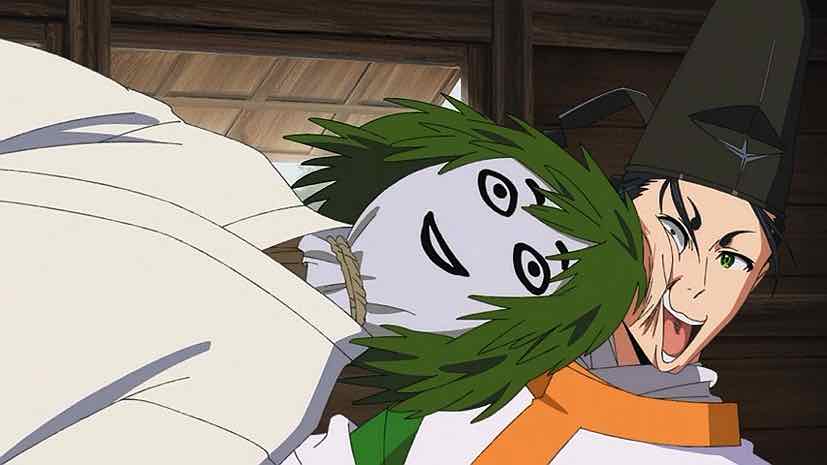
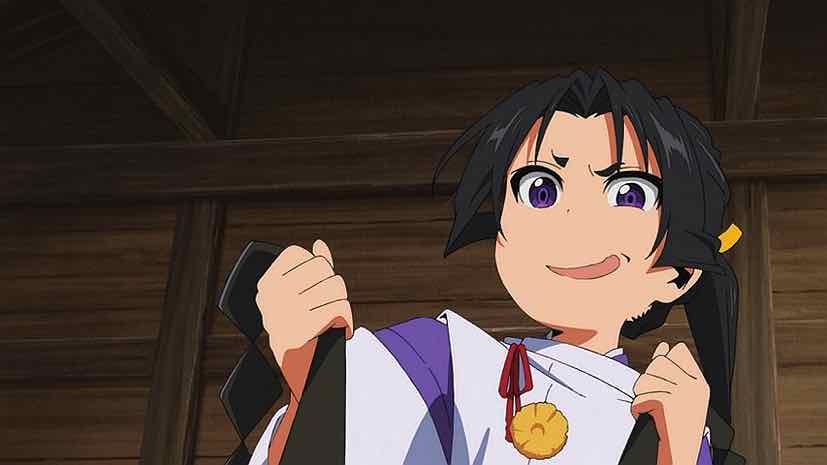
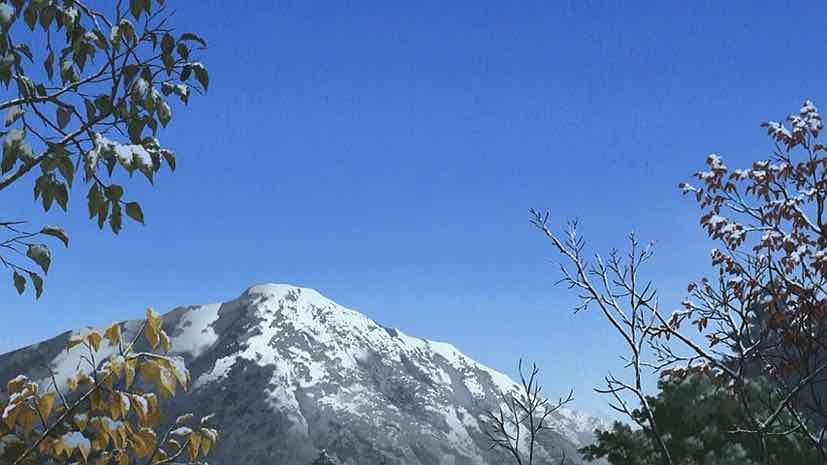

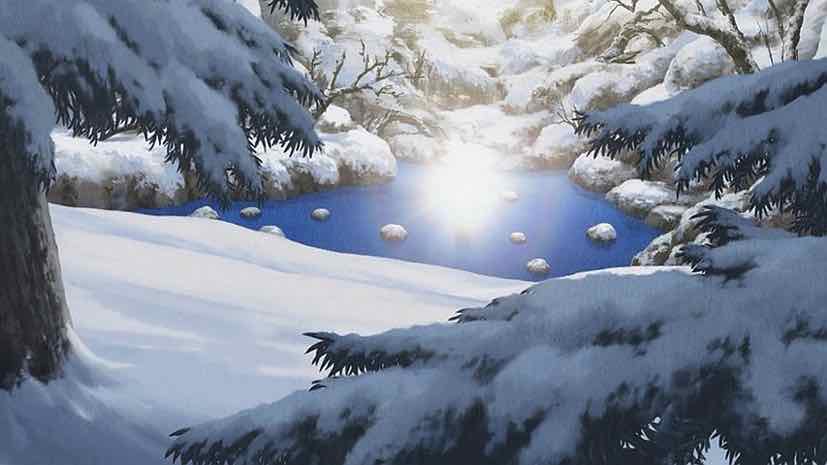
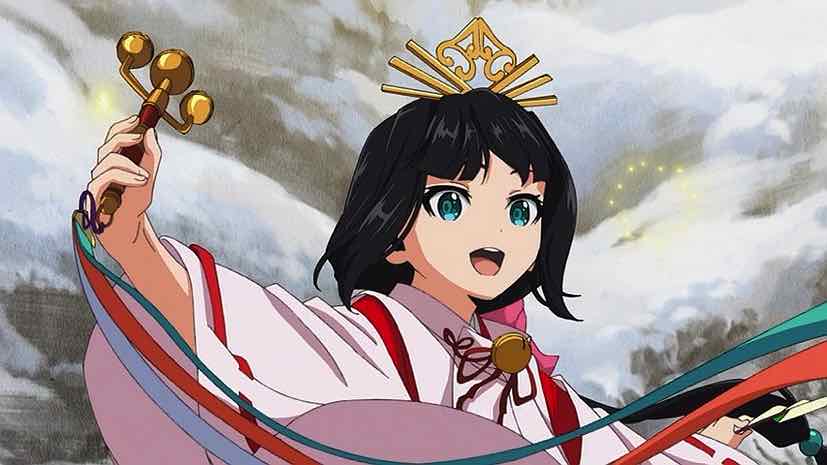
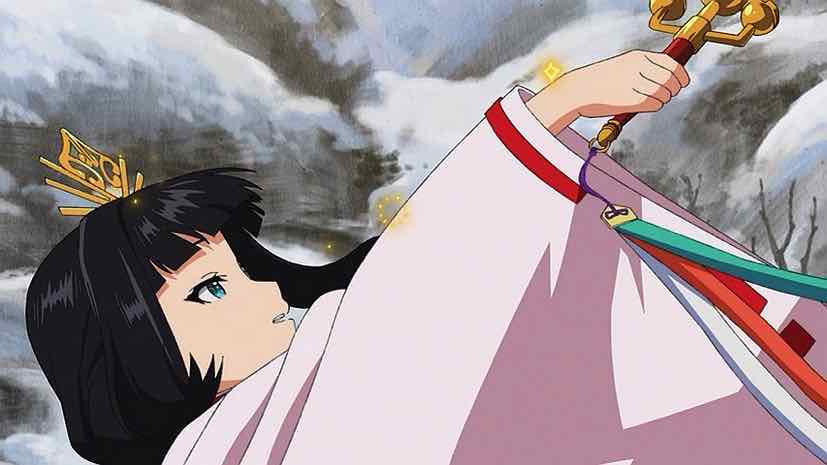
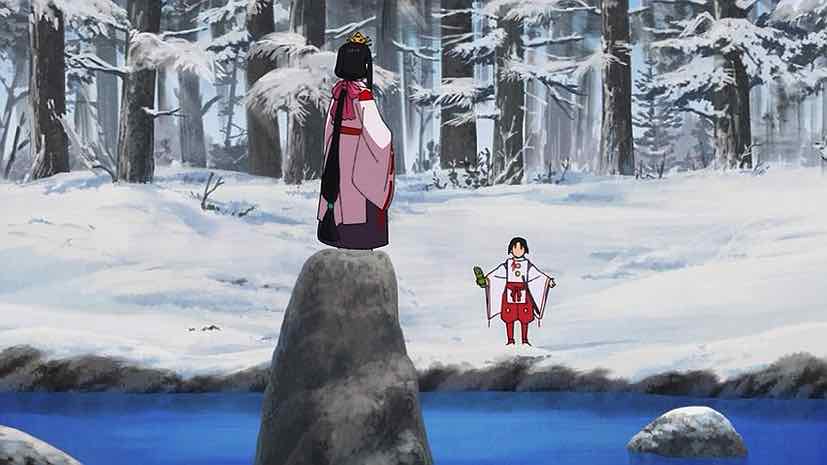

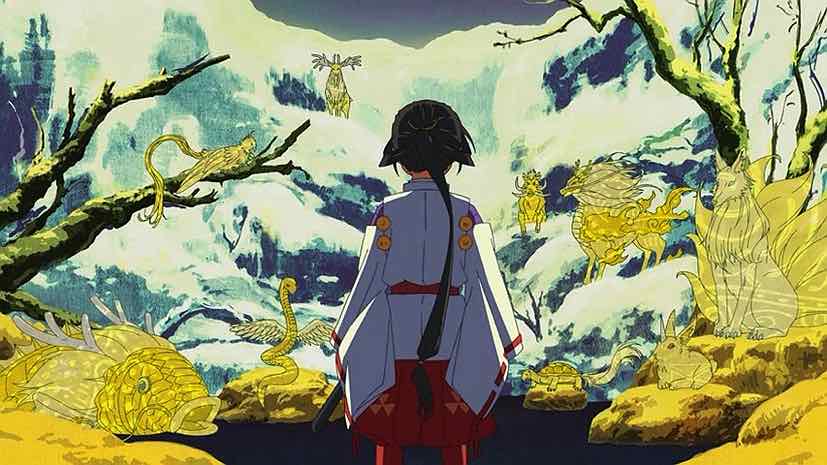
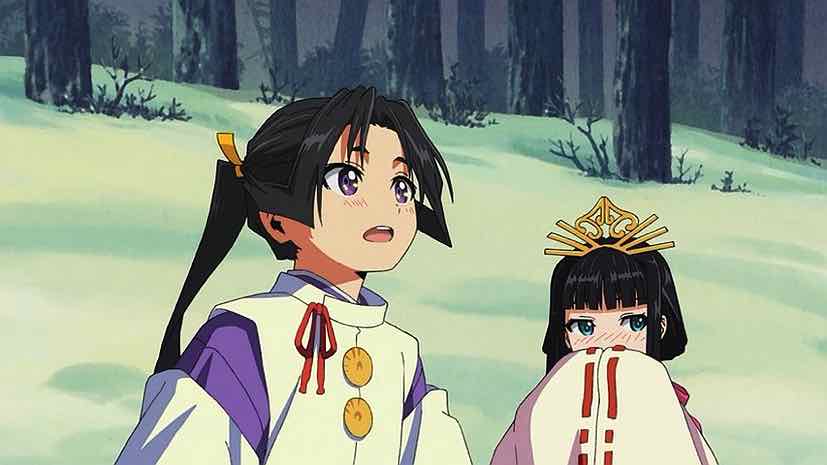
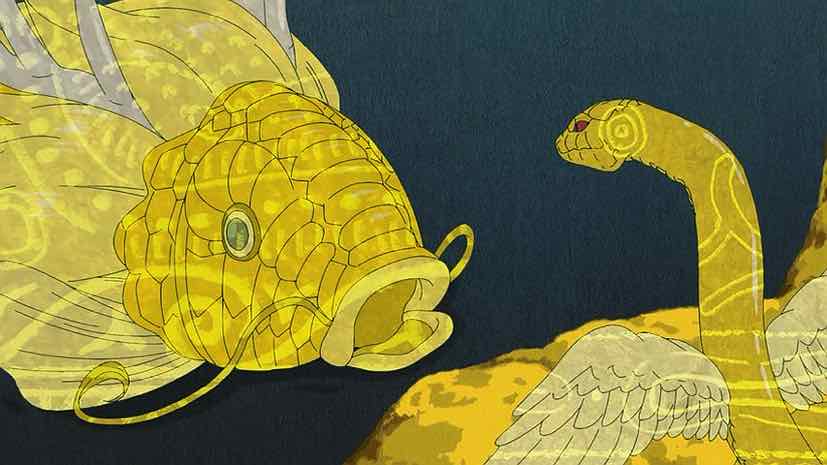
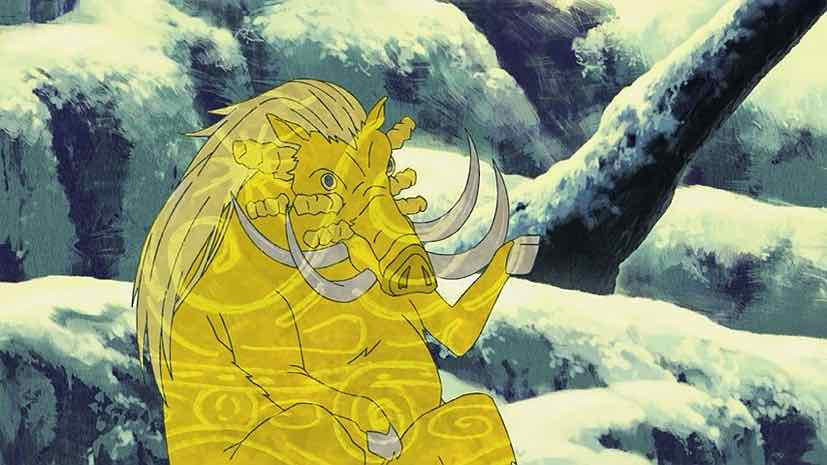
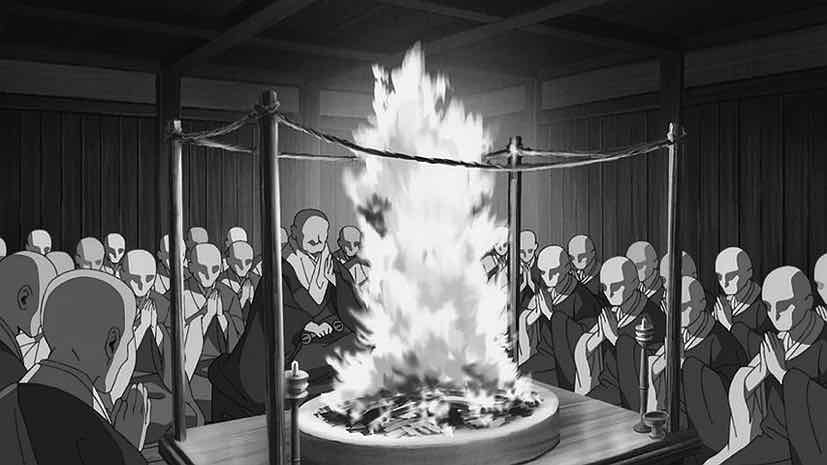
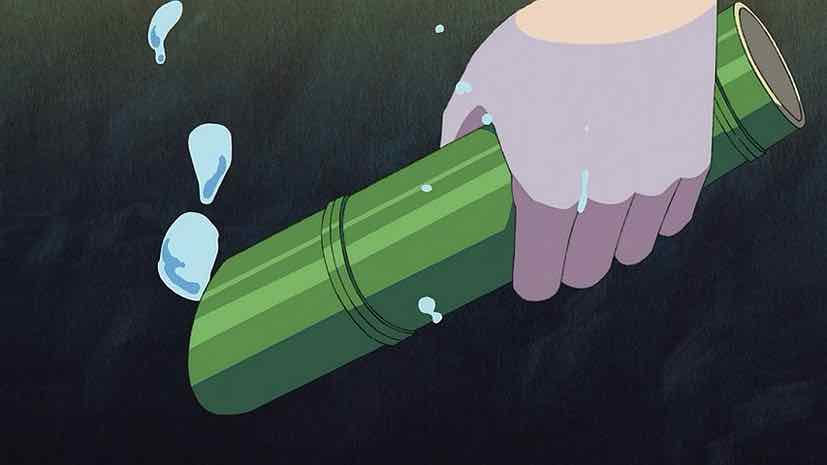
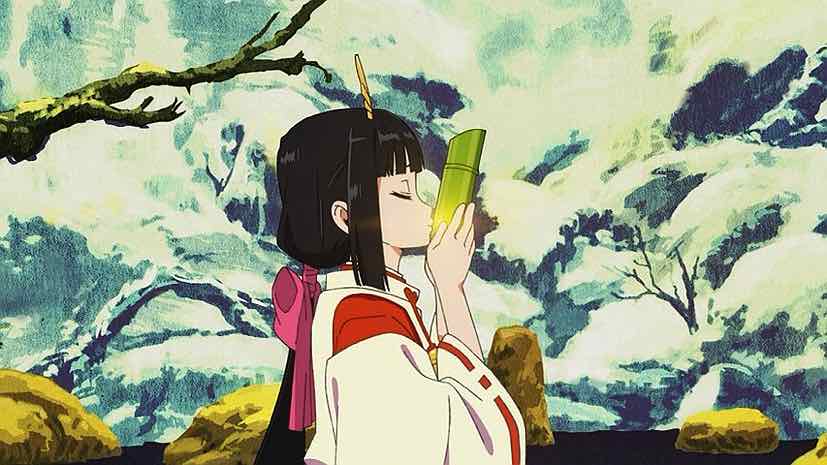
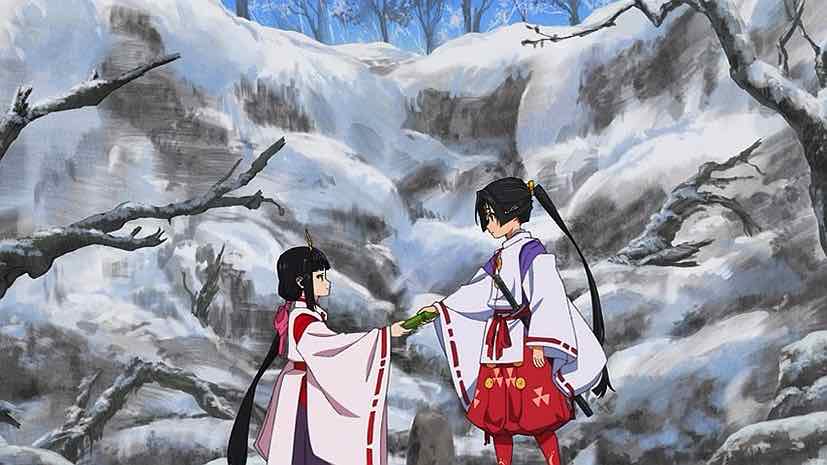
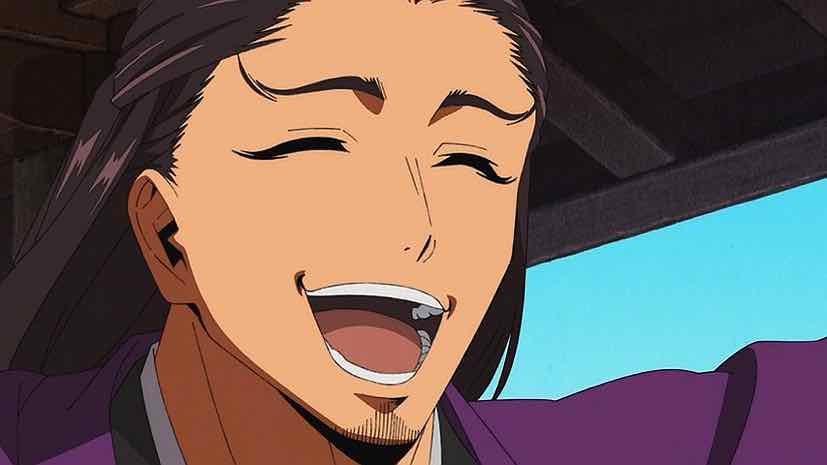

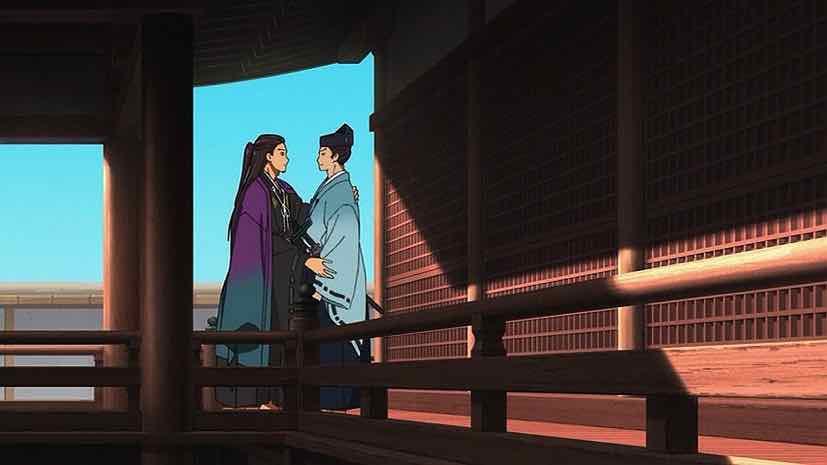
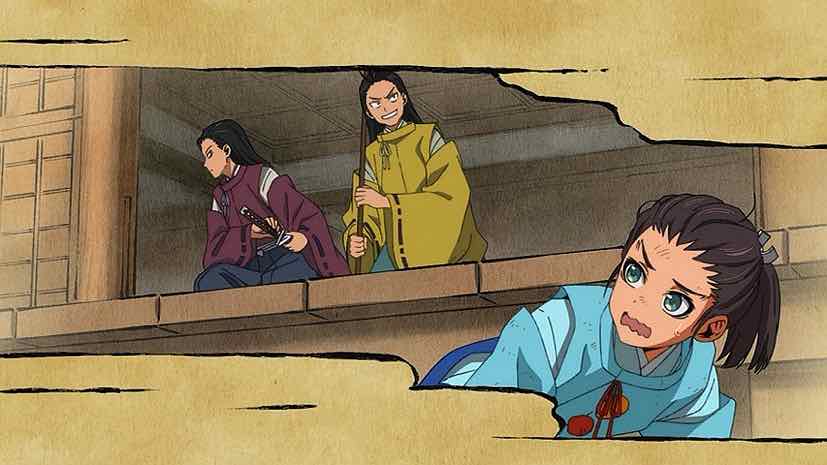
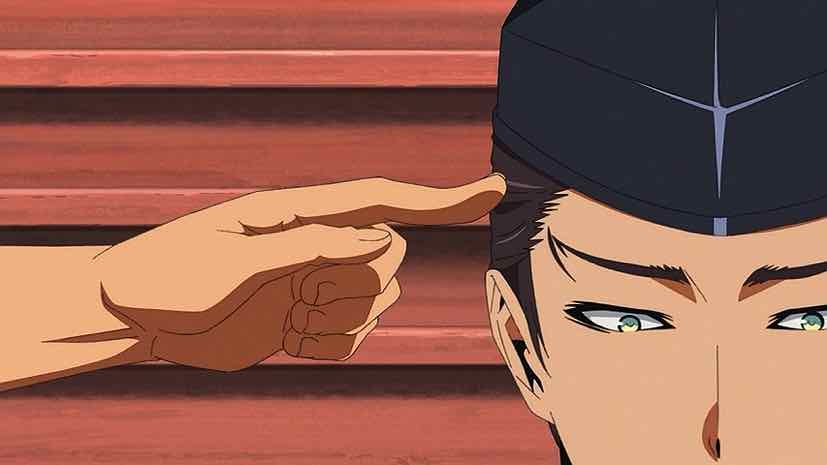
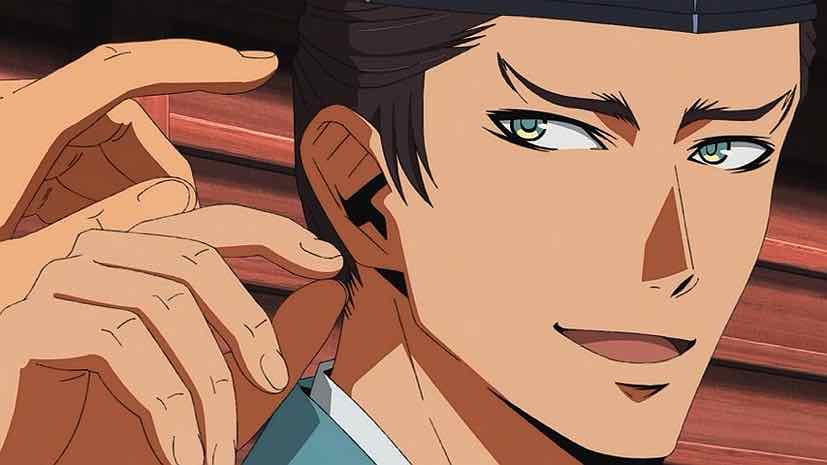
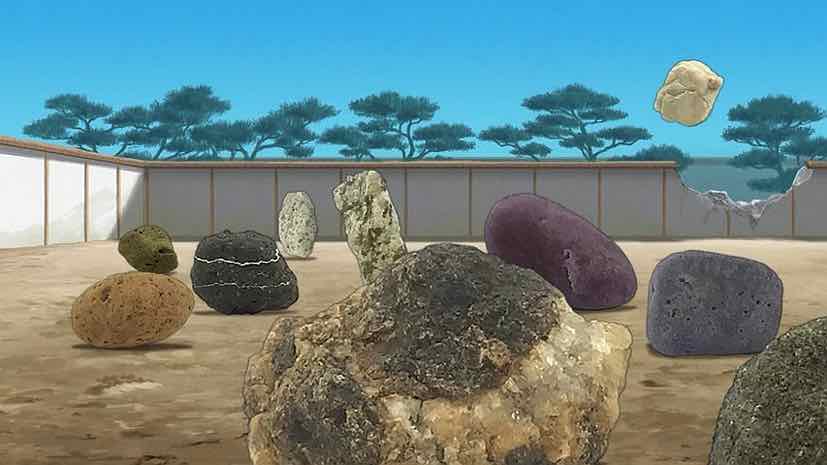
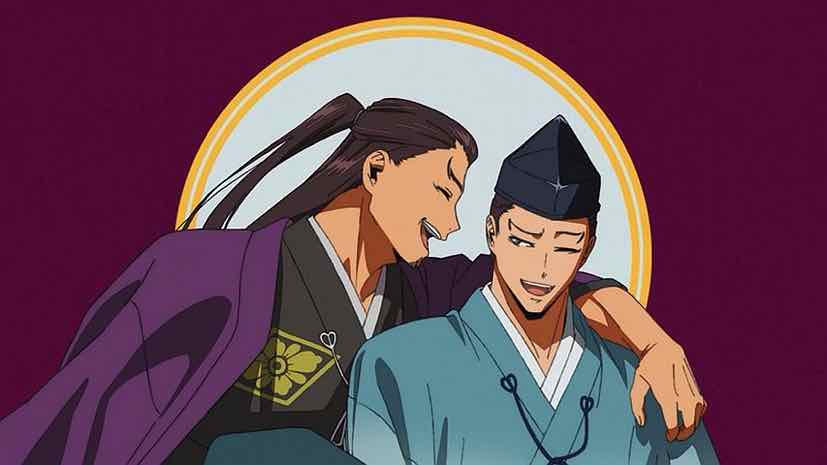
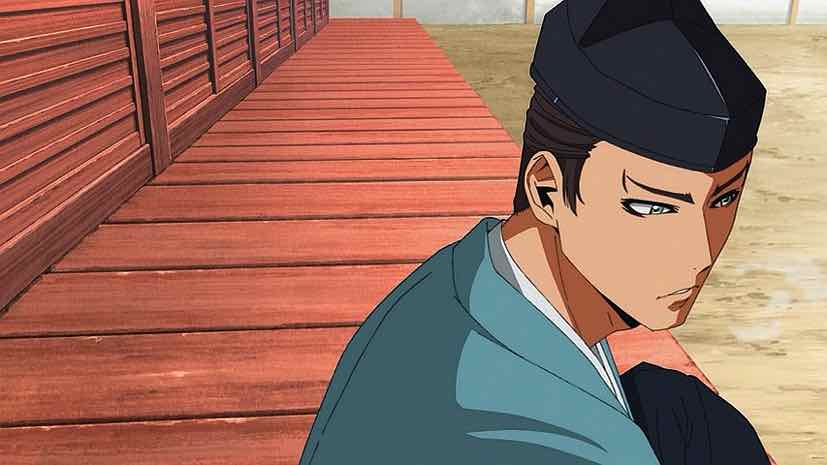

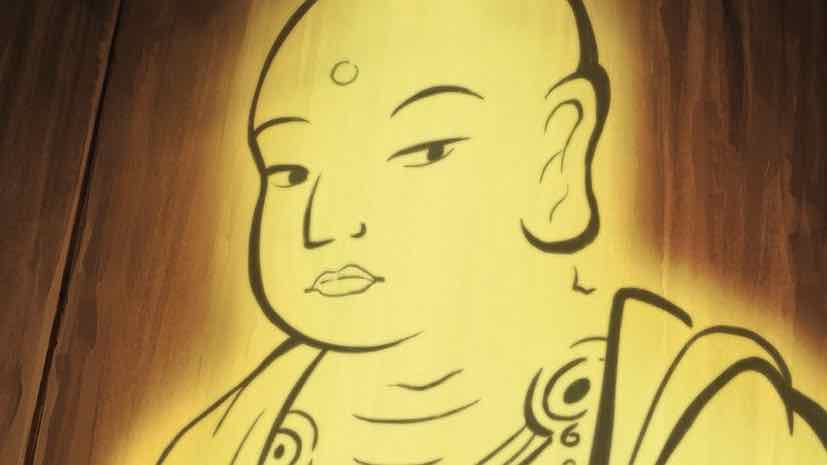
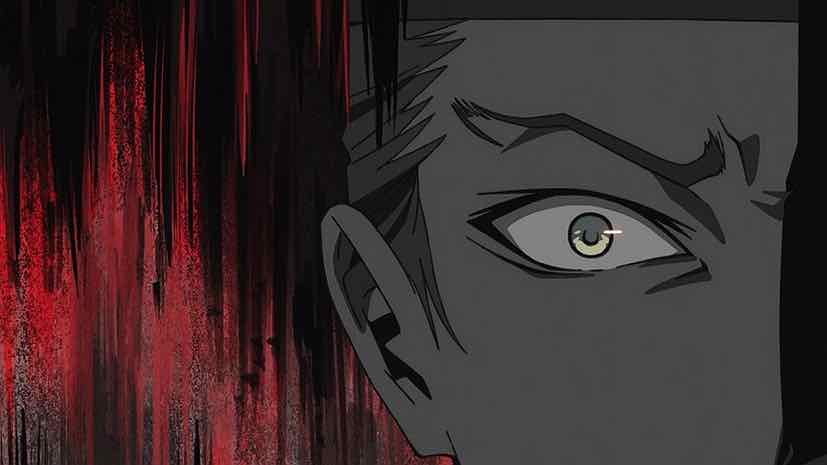
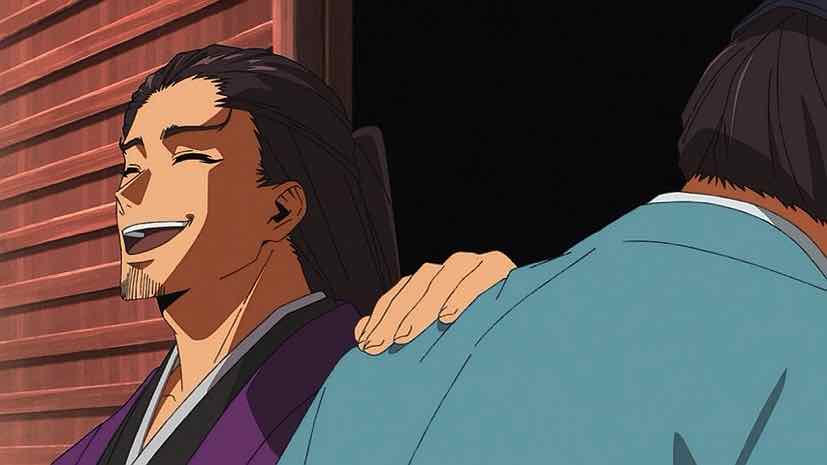
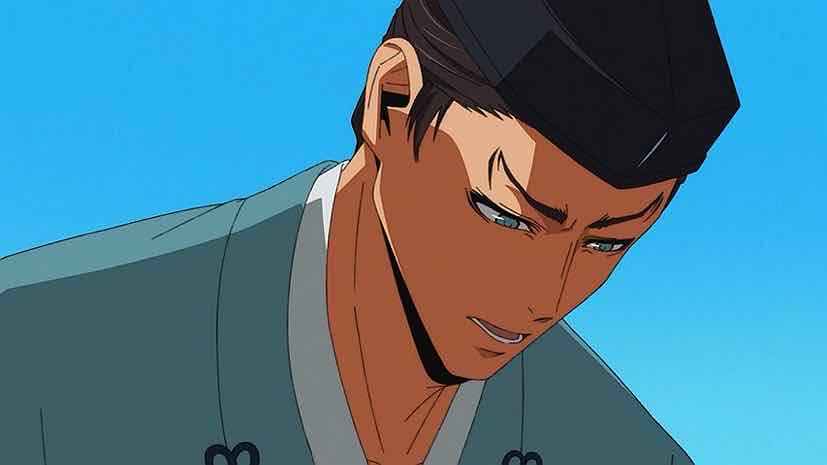

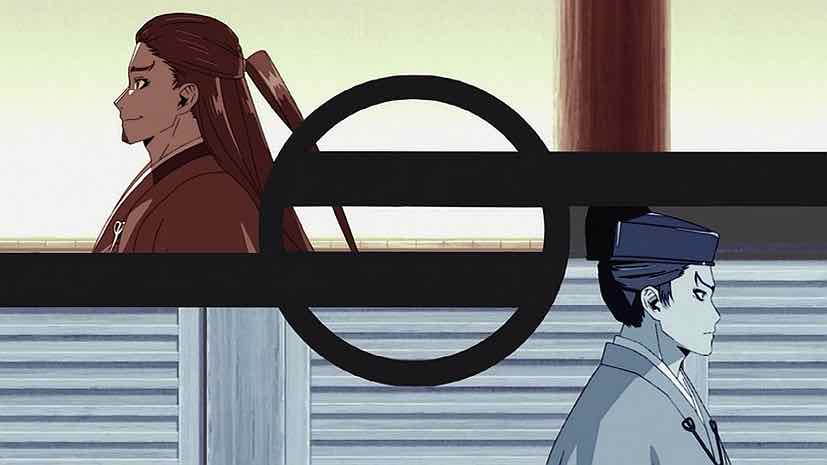
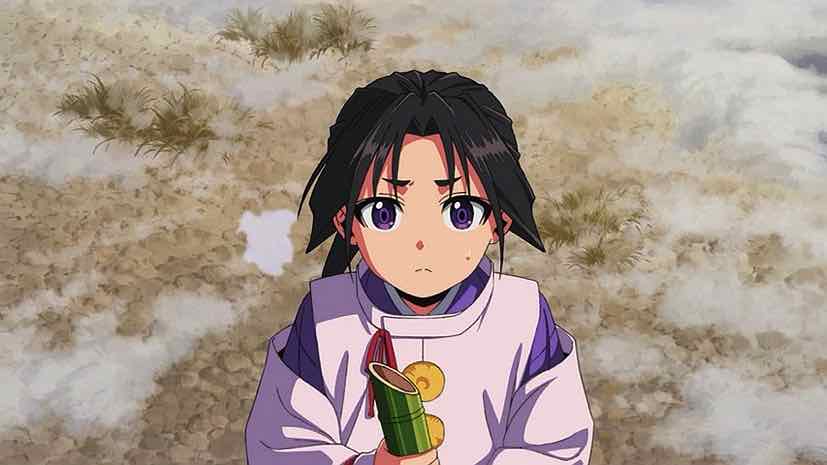

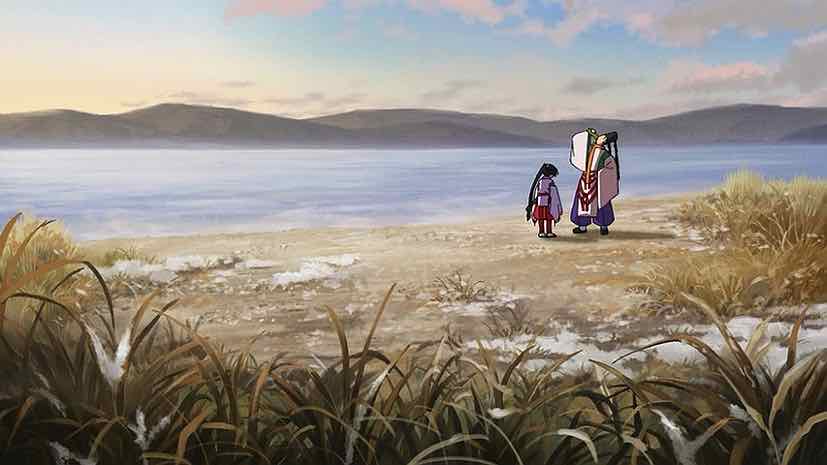
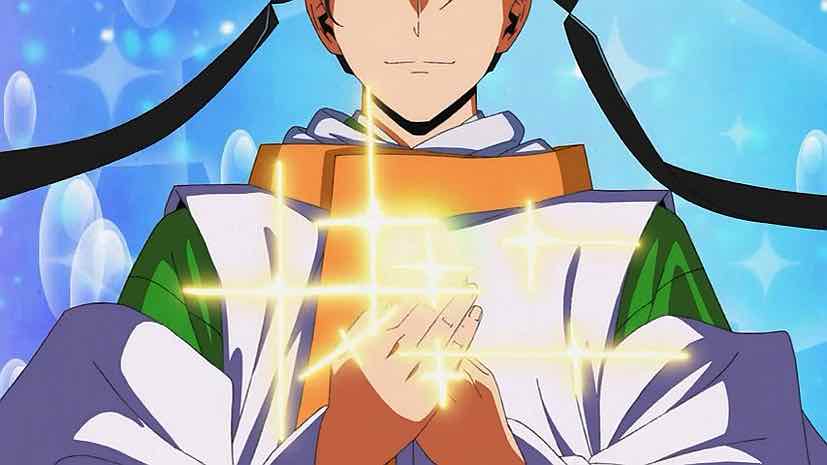
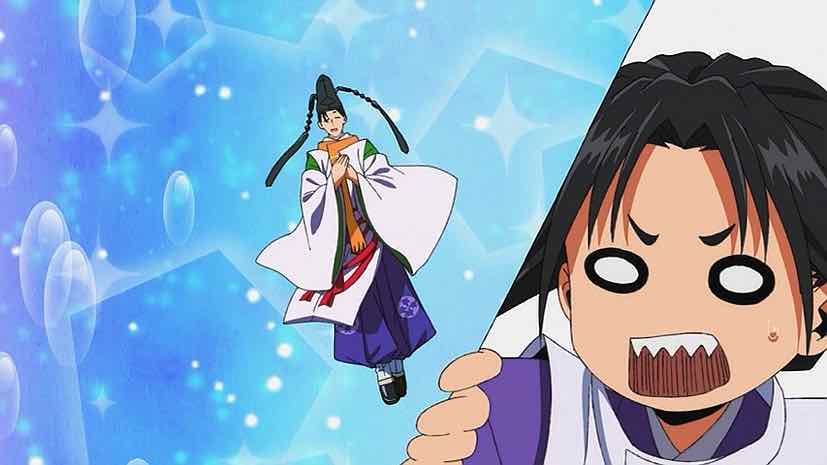
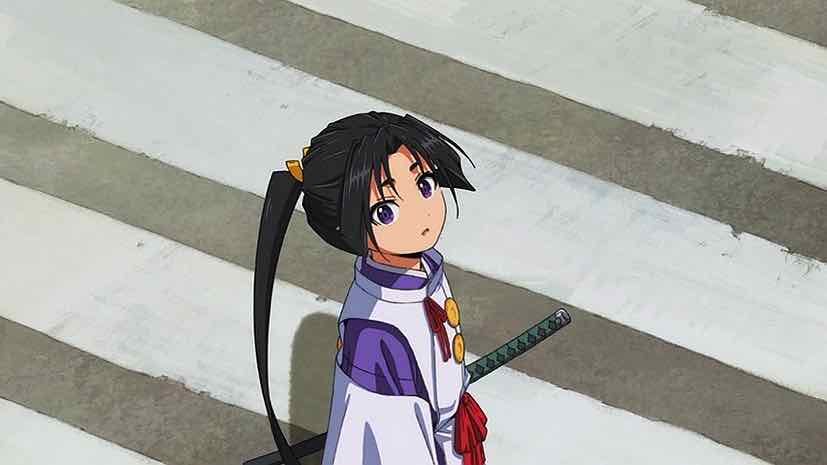
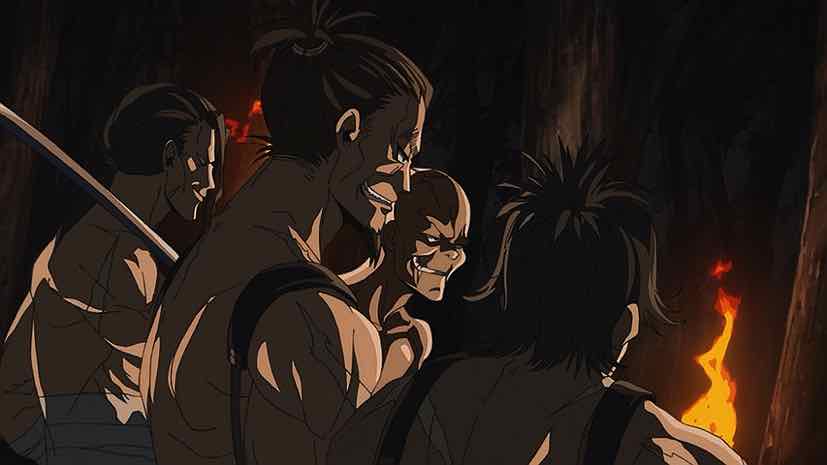


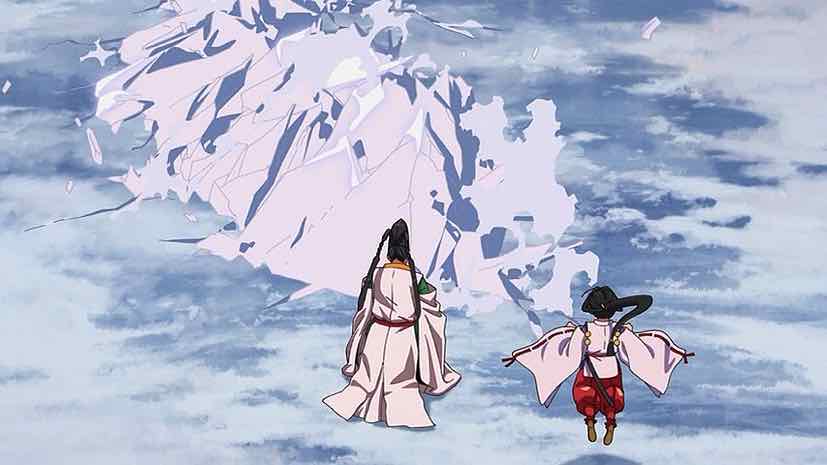
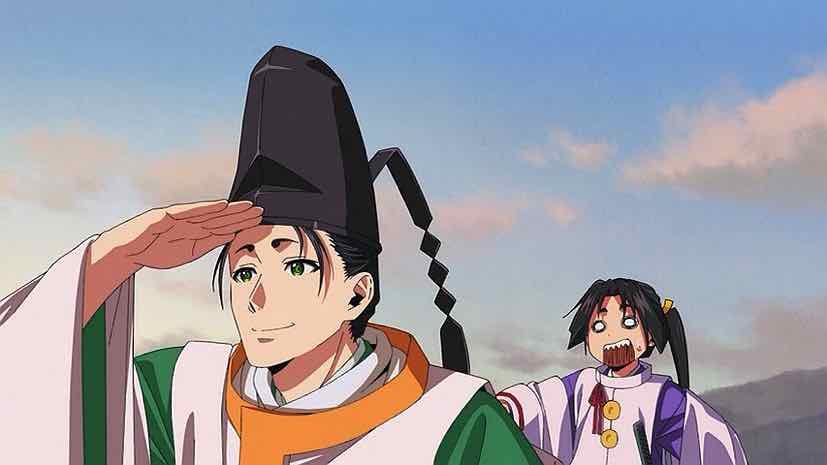


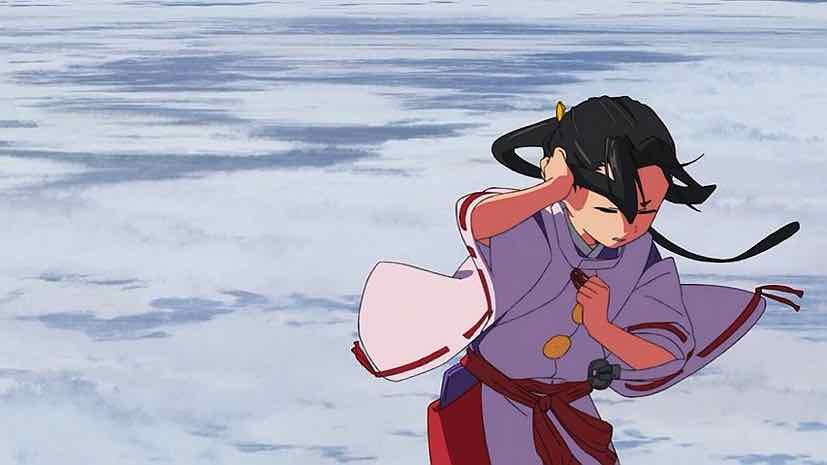
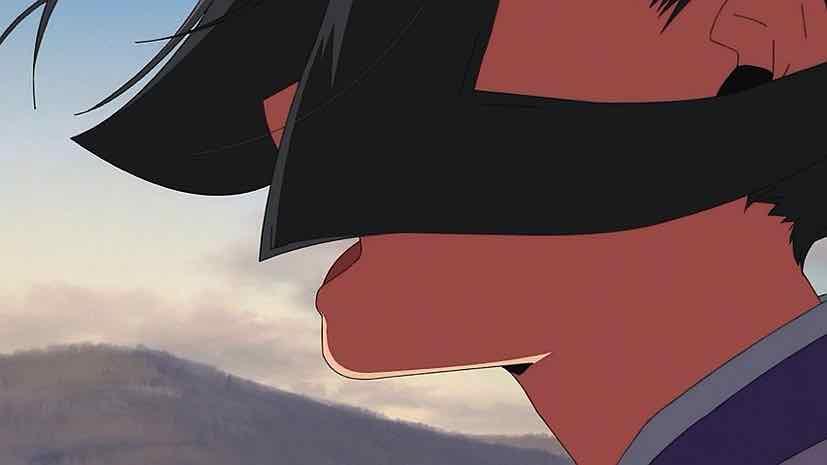
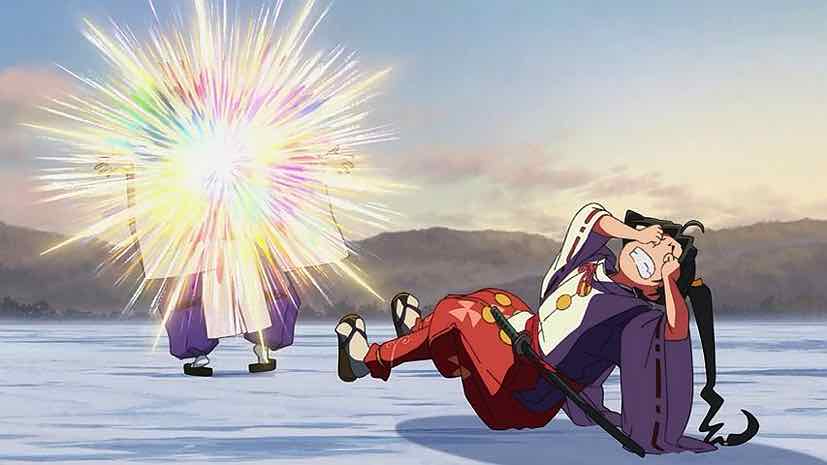
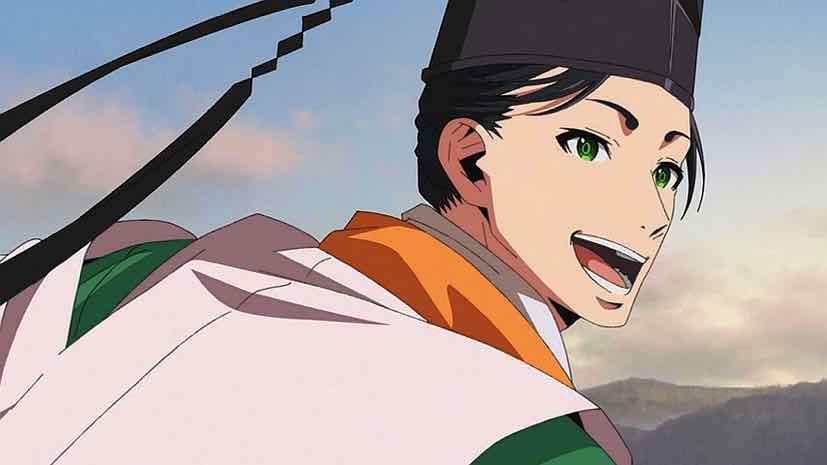
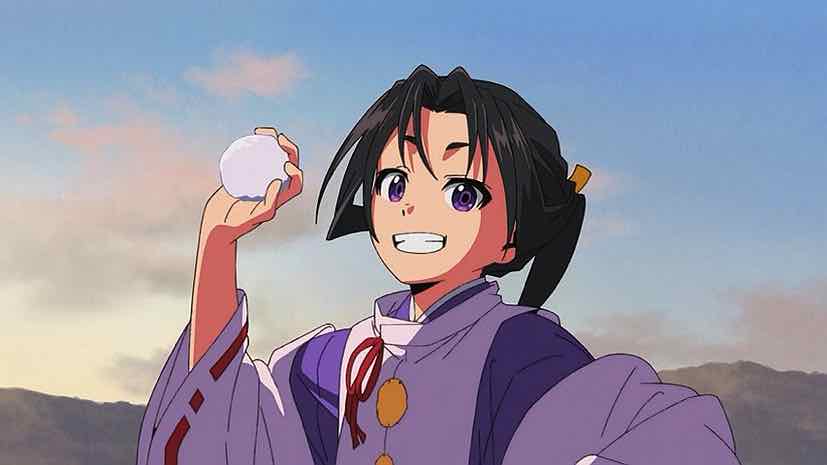
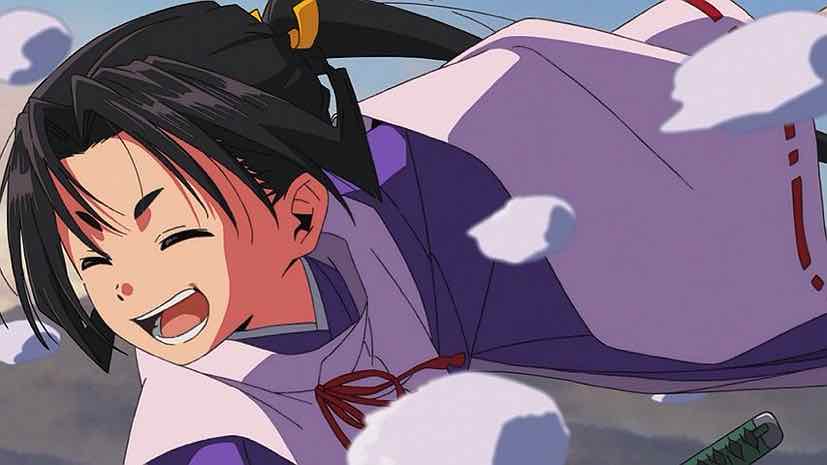
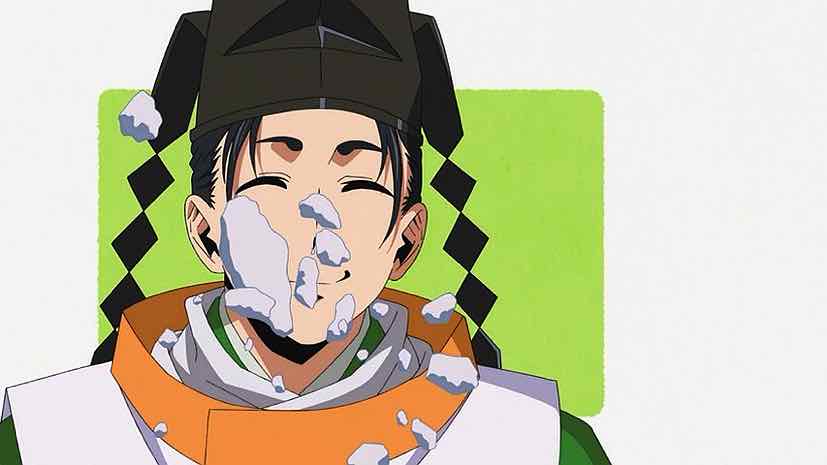
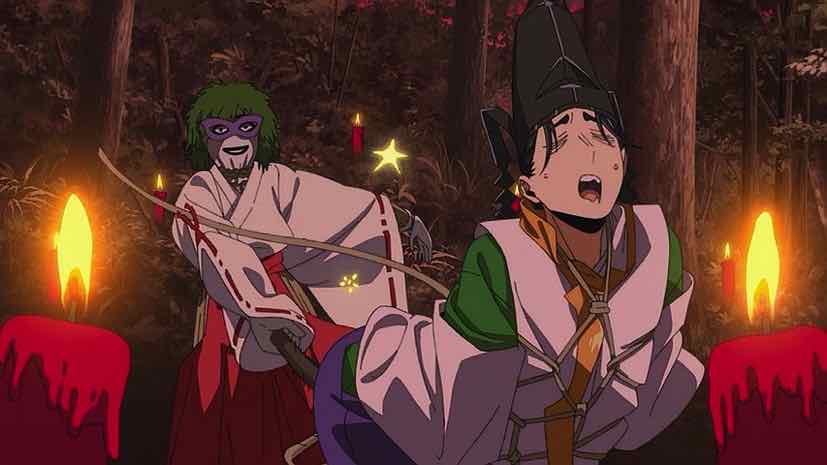

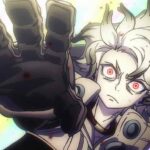
1 comment